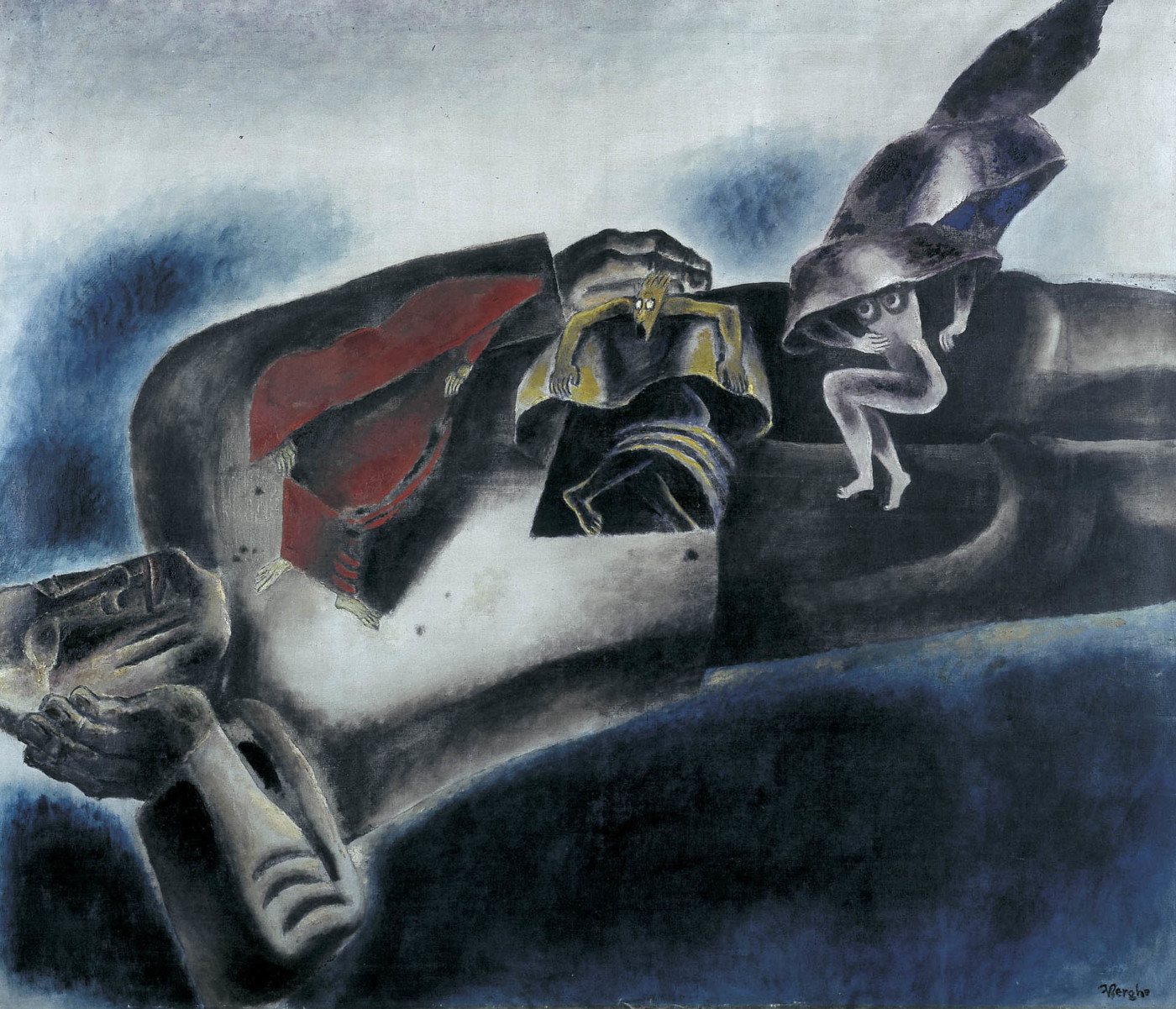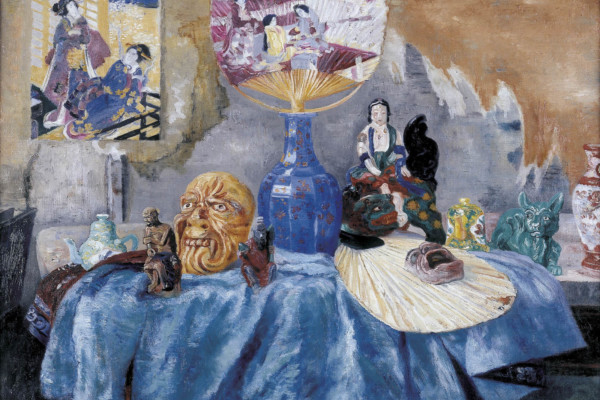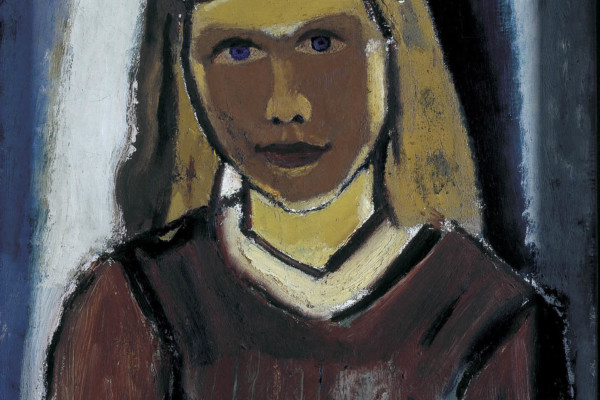Collection
The collection of Jules Dhondt and Irma Dhaenens has its origins in the 1920s and 1930s. When they settled in Deurle in 1938, it was already a popular attraction for the artistic milieu and many prominent Flemish expressionists lived in the woody village along the Leie. The landscape, with its meanders and green banks, also convinced the couple to settle here permanently. Here they were surrounded by painters, sculptors, poets and architects, and further expanded their collection. Jules Dhondt succeeded in buying many of the works of art directly from the artists and had a good reputation in the village. The couple actively supported further artistic developments and activities in the small artists' village and maintained good contacts with the local authorities. Their private collection would at all costs be accessible to ‘the people’ and would put Flanders on the cultural map.
Jules and Irma had a good knowledge of the artistic landscape and were privileged witnesses to a turbulent period and the many changes within the visual arts during the post-war period. Villa Zodenhof became their museum and they lived surrounded by their numerous paintings, drawings and sculptures. It must be said that the couple in no way wanted to offer an overview of one specific period. On the contrary, the intimate collection came about through highly personal choices and was further nourished by the artistic curiosity of the collectors.
Bequest 1967
In 1967 ninety-five paintings and eleven sculptures were donated to the Foundation consisting of Flemish art from the period 1880–1950, with predominantly Latem artists such as Gustave and Léon De Smet, Valerius De Saedeleer, George Minne, Hubert Malfait, Albert Saverys, Constant Permeke, Frits Van den Berghe, Gustave Van de Woestijne and Albert Servaes.
Jules and Irma Dhondt-Dhaenens resolutely chose art that conveyed a reaction and did not follow the fashions of art history.
Guillaume Vogels (1836—1896), Jan Stobbaerts (1839—1914) and Frans Courtens (1854—1943) reacted against the dominant French impressionism in their unique style, placing nature and its countless manifestations at the centre of their art. This peculiar character is representative of a large number of artists represented in the collection, such as Jean Brusselmans (1883—1953), Jenny Montigny, Hubert Malfait, Edgar Tytgat and Léon Spilliaert, who each try to find an answer to the challenges of their time.
Bequest 1969
Aware of the many artistic shifts, Jules had himself assisted by the artist, architect and good friend Jozef Mees. The second part of the bequest follows in 1969 and shows striking abstract works by Anne Bonnet (1908—1960), Pol Mara (1920—1998), Jean-Jacques Gailliard (1890—1976), Tinus Van Bakel (1939—2020) and Paul Van Gysegem (1935). In a modern way, this new generation of artists continues the validity of art history in a highly personal language of form. Roger Dudant (1929—2008), Henri-Françcois Ramah (1887—1947) and Jan Burssens (1925—2002) each express a personal style and combine various elements from abstract and classical movements. The oeuvres of Constantin Meunier, Albert Servaes, Hubert Malfait, Gustave De Smet, Jenny Montigny and Henri-Victor Wolvens were also further complemented.
A contemporary collection
Since the 1980s, the collection has been enhanced by donations and purchases. A large part of the donations came from the artists themselves. The museum received works from artists such as Anna Staritsky (1908–1981), Charles Szymkowicz (1948), Michel Seuphor (1901—1999), Jeroen Doorenweerd (1962), Marthe Wéry (1930—2005), Filip Francis (1944), Paule Pia (1920—2011), Stanley Brouwn (1935—2017), Dan Van Severen (1927—2009), Johan Van Geluwe (1929), David Tremlett (1945) and Pep Agut (1961). Around the same period, the foundation acquired works by Isa Genzken (1948), Joelle Tuerlinckx (1958), Panamarenko (1940—2019) and Raoul De Keyser (1930—2012).
When in 1999 the museum could count on a multi-year subsidy from the Flemish government, the complexity of the exhibitions grew and with it the exhibition policy. From the 2000s onwards, the collection grew considerably with editions and works by Jan Vercruysse (1948—2018), Elke Boon (1969), Kristien Daem (1963), Griet Dobbels (1964), Folkert De Jong (1972), Dolores Bouckaert (1976), Anouk De Clercq (1971), Bojan Fajfric (1976) and Kelly Schacht (1983).
Long term loans
Museum Dhondt-Dhaenens has a long tradition of making private collections accessible to the public. In addition to significant inaugural collection presentations such as the Roger and Hilda Matthys-Colle Collection, the Tony Herbert Collection, the Wilfried & Yannicke Cooreman Collection, and the Jeanne & Charles Vandenhove Collection, MDD also manages several collections on long-term loan.
- Andries-Vanlouwe Foundation: 28 artworks
- Collection Francis Geernaert: 3 artworks
- Collection Wilfried and Yannicke Cooreman: 23 artworks



